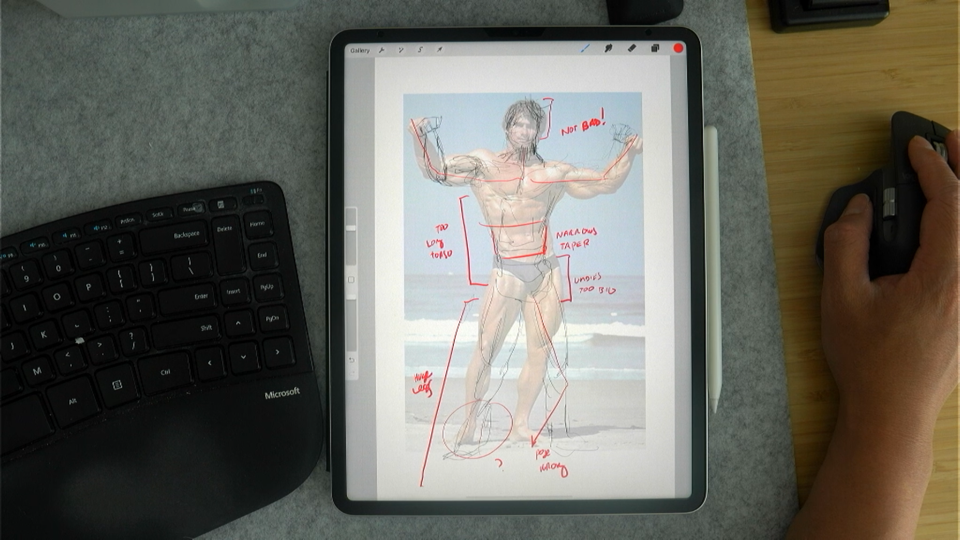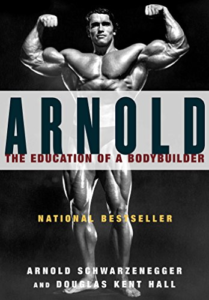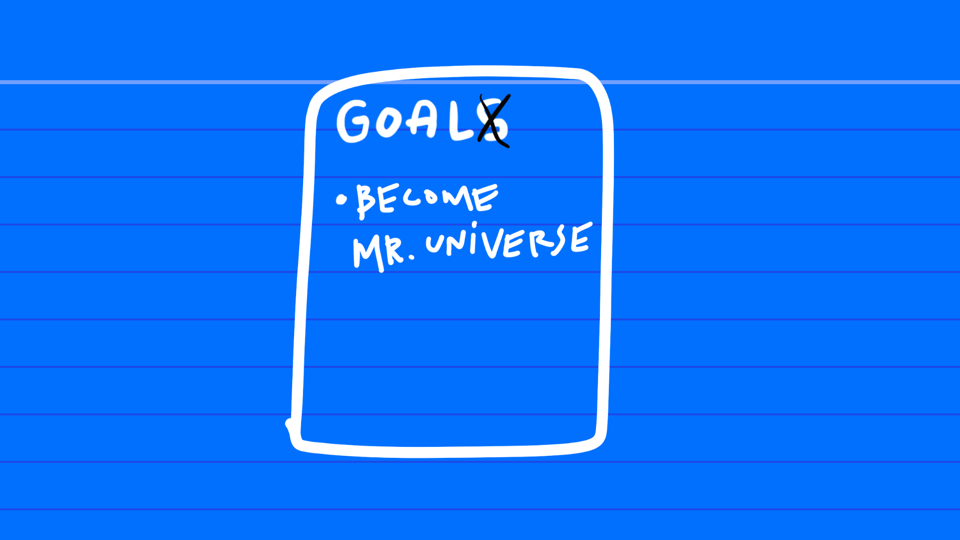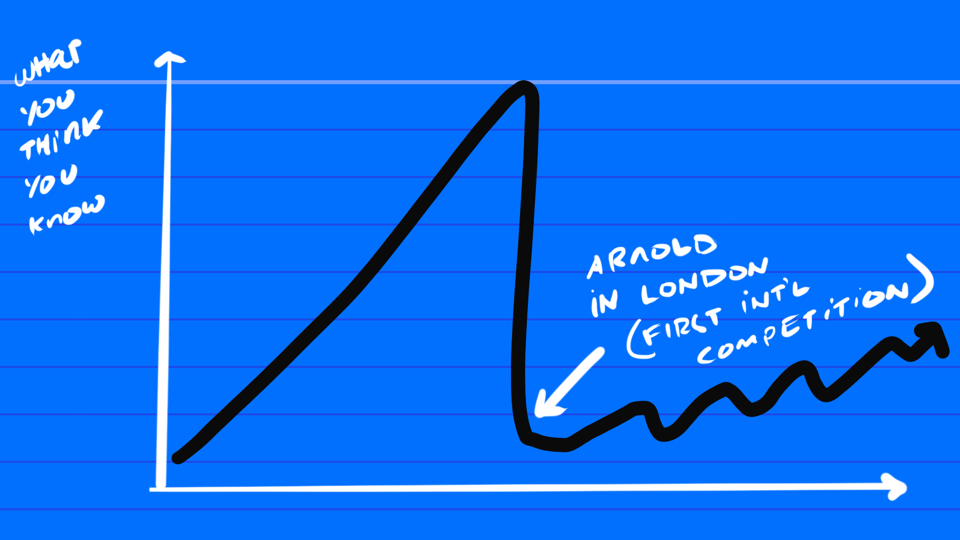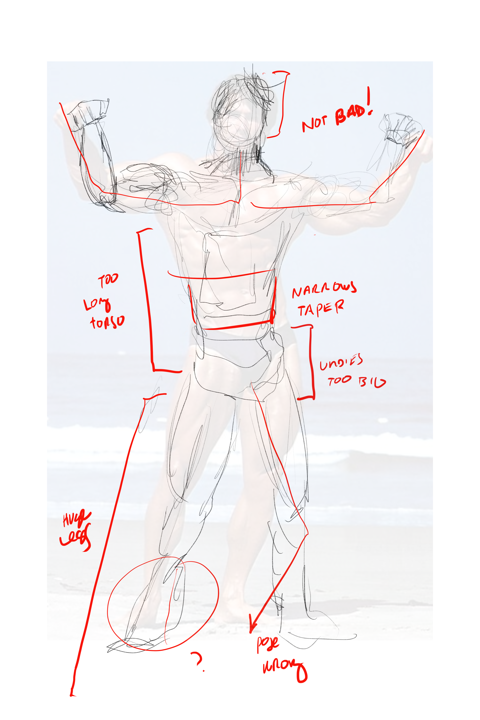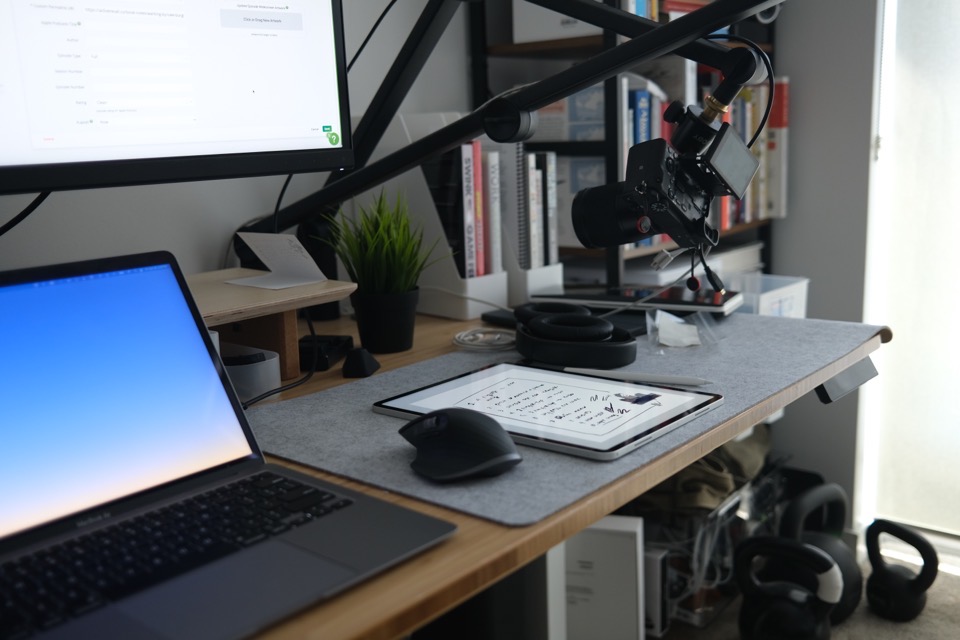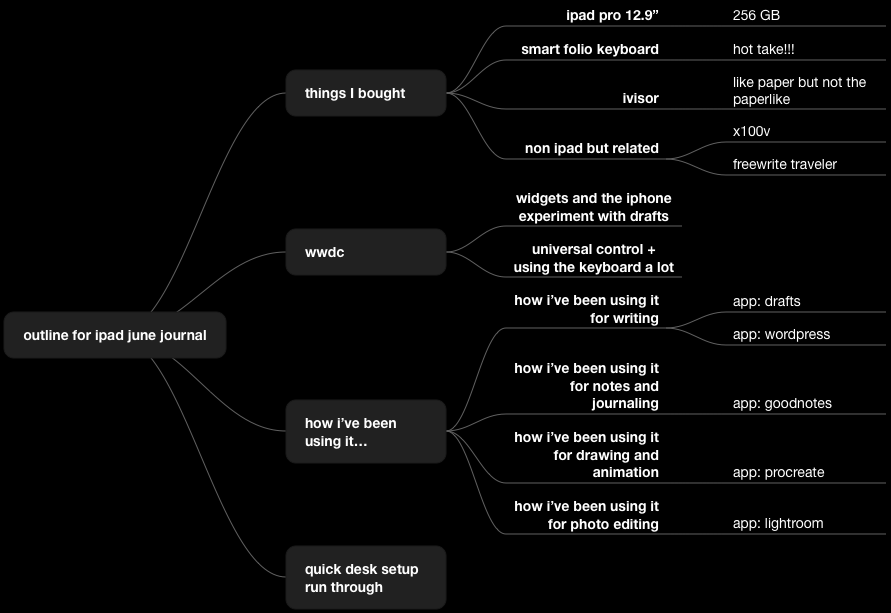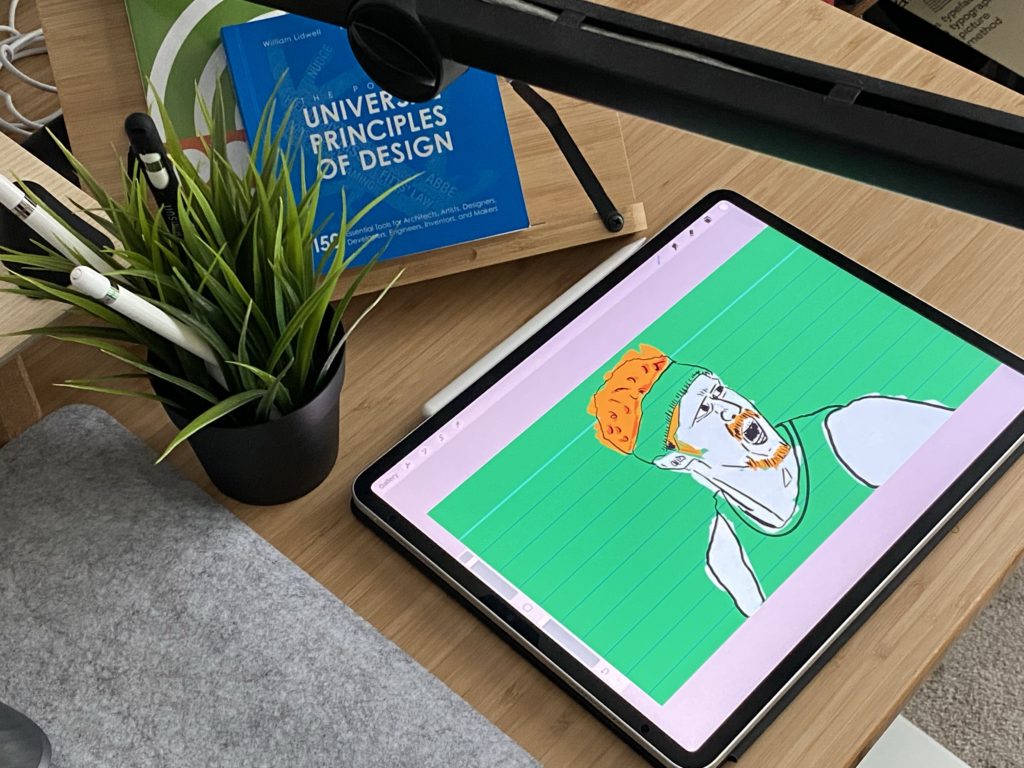One thing that’s been helping me think about content is David Perell’s idea of digital postcards. He views his newsletters as digital postcards—life updates that are easy to put together because consistency is so important with a newsletter.
Easy compared to the heavy lifts of essays that can take days, weeks, months.
I continue to fail with newsletter consistency because I try to include a section that takes too long to write. Curating links + a quick here’s-what-I’m-up-to dispatch is enough if I’m doing my main creative work somewhere else.
And this doesn’t just need to apply to newsletters. (And often the newsletter is the main thing, so you can do the dispatch somewhere else.)
It can’t all be hard, heavy lifts.
